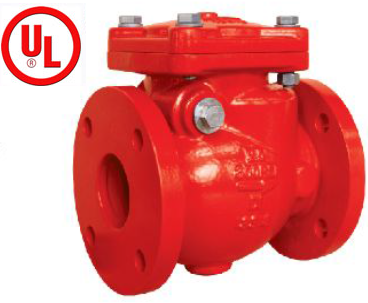If we have a look at piping and pumping systems externally, we generally start to see the setup as a whole rather than investigating its many working components individually. But there is any particular one part that plays a really crucial role. These are valves. They behave like tiny knobs controlling the flow of fluids as well as cutting off supply completely if required.

Industrial valves have varied types, each and every using a different working principle and using a different function. In this article, we’ve discussed the 9 most common types of industrial valves.
1. Ball valves – It is just a hollowed out ball-shaped disk that’s fitted inside a pipe. The valve starts and stops flow through the quarter turn rotational motion of this disk. In the event the valve is open the hollowed end is aligned towards the flow and closed it sits perpendicular on the direction with the flow.
2. Plug valves – Also referred to as cock valve, it uses a cylindrical or tapered plug using a bored passage to close, start or throttle flow. Turning the handle or wheel, arranges the hollow opening with the plug with all the inlet and outlet ports opening the passage. It really is blocked, when the solid part aligns itself with ports.
3. Butterfly valves – It’s just one more valve which uses the rotational motion; ball and plug valves operate in exactly the same. It simply uses a thin-disk inside the flow path rather than ball-shaped unit or a cylindrical plug. These are quick to work with, extremely lightweight and just adaptable.
4. Gate valves – This can be the kind of valve found in a tap. Buying and selling the valve involves raising and lowering metal gates respectively. A wedge is inserted in a seat. With grooved butterfly valve, the passageway can either be fully closed or fully open; there is absolutely no involving. They’re also called sluice valves.
5. Globe valves – It’s just like a gate valve for the reason that it uses linear motion to throttle flow. It differs rolling around in its utilization of a disk rather than wedge. It can be adjusted to lessen or increase flow; the advantage of a globe valve is it does not leak just as much as other valves. They’re also among the most popular kind of valves used across various applications.
6. Pinch valves – The development comes with a pinching mechanism and a sleeve of molded rubber or synthetic material. The flow path in view position is unobstructed. The flow is stop by pinching the flexible membrane, by lowering a bar or gate.
7. Diaphragm valves – They work comparable to pinch valves; a flexible type of diaphragm is inserted in ways that it fastens itself on the seat blocking the flow. Its edge over pinch valves is it creates an exceptionally tight seal and therefore is employed in applications that have a top purity requirement.
8. Relief and Safety valves – As fluids move across the device, there is a chance of an unprecedented surge in pressure, which if unchecked can be hazardous. You can even particularly if you are coping with hazardous fluids. Relief and safety vales release pressure periodically, whenever it goes after dark set point, in order to avoid damage.
9. Check valves – Check valves permit unidirectional flow of fluids; they just don’t allow it flow back. The non-slam nozzle check valves check pressure surge and stop water hammer.
So that the valves fitted in your piping systems supply you with the best service, you can purchase them coming from a reliable industrial valve manufacturer. It does not take only way to have good quality industrial valves which are developed to last.
For more information about grooved butterfly valve check our webpage: click site
